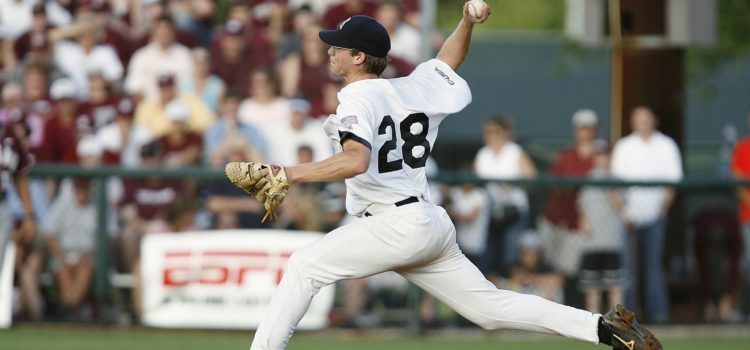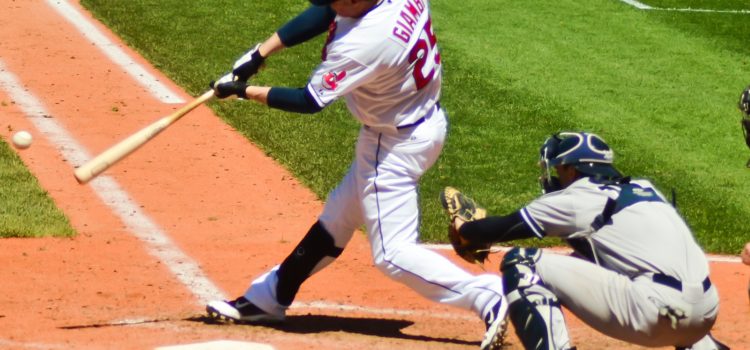What happened in the Oakland A’s playoff run in 2002? Did the Oakland A’s Moneyball strategy pay off? The Oakland A’s playoffs were a chance for them to show what their team, put together by data, could do. The Oakland A’s playoffs were also a critical test for Billy Beane and Sabermetrics; with baseball insiders saying they’d never work, the playoffs were the A’s chance to prove everybody wrong.
The Oakland A’s Playoff Games, 2002: Win Some, Lose Some










